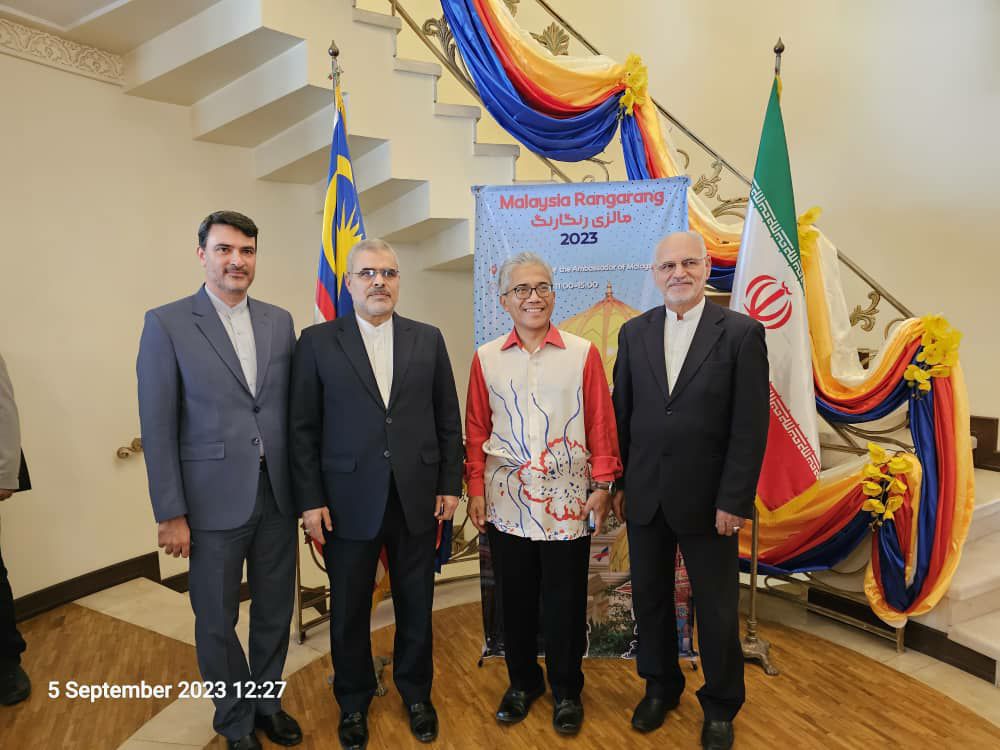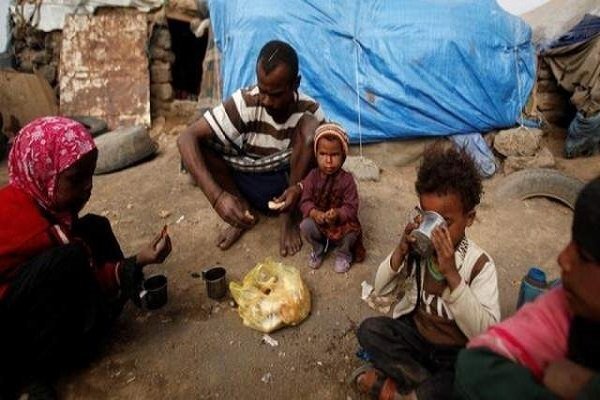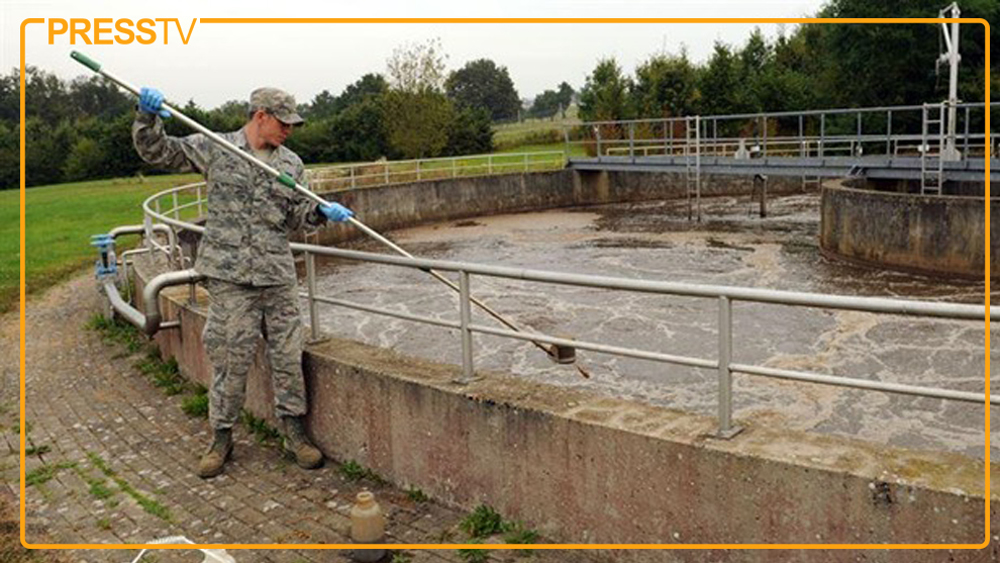Iran Boosts Fuel Production by 9m Liters
TEHRAN (Iran News) According to Iran’s National Iranian Oil Refining and Distribution Company (NIORDC), Mohammad Ali Dadvar, deputy head of the company, reported that gasoline production rose by 4.3 million liters per day and diesel output increased by 4.7 million liters per day between September 2023 and September 2024.
He explained that gasoline production stood at 98 million liters per day in the year leading up to September 2023, and has now reached 102.3 million liters per day. Diesel production also increased from 111 million liters per day to 115.7 million liters per day over the same period.
Dadvar emphasized that this growth was achieved without the addition of any new refineries, yet the increase in output is equivalent to that of a new 100,000-barrel-per-day facility.
Comparing the first six months of the current year to the same period last year, Dadvar said gasoline production increased from 98 million liters per day to 98.5 million liters per day, despite full maintenance and reconstruction of the RFCC unit at Arak’s Shazand refinery, which has not produced gasoline since early August 2024.
During this period, however, gasoline consumption rose sharply, climbing from 124.5 million liters per day to 133 million liters per day, an increase of 8 million liters per day.
Diesel production also rose from 112 million liters per day in the first half of last year to 115 million liters per day in the first half of this year.
Dadvar also pointed to an increase in refinery feedstock, noting that crude processed by refineries grew from 2.287 million barrels per day to 2.359 million barrels per day from September 2023 to September 2024. In the first six months of this year, feedstock rose from 2.302 million to 2.321 million barrels per day.
He detailed the comprehensive overhaul of the RFCC unit at the Imam Khomeini (RA) Shazand refinery in Arak. The unit had undergone only emergency repairs over the past 13 years, causing a significant decline in its gasoline and diesel output.
Despite high demand pressures from increased travel during the New Year and summer holidays, as well as disruptions linked to the recent 12-day conflict, the entire RFCC unit—including both domestic and international components of its reactors—was fully rebuilt to prevent permanent shutdown.
- source : IRAN NEWS ECONOMIC DESK






























